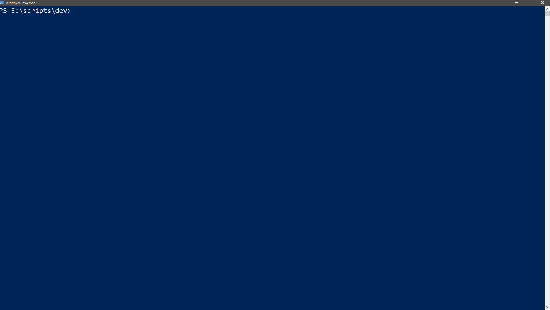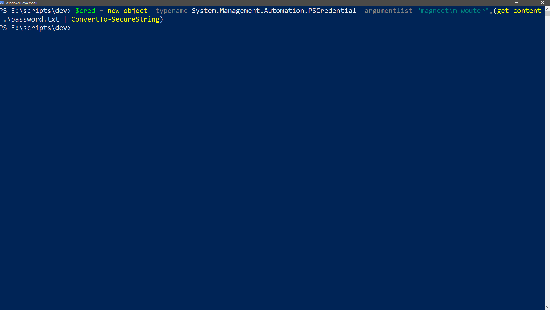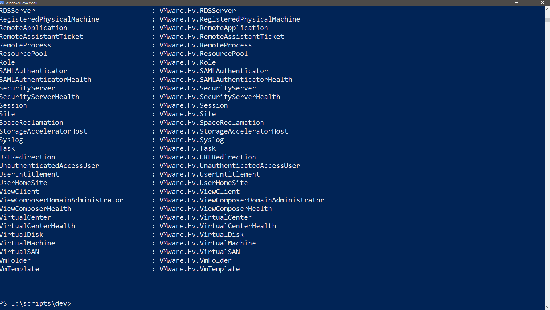So this is the second post in this series about the Horizon View API basics. While functions logically would be part 2 I have decided on doing queries first since you might need the result for a query before you can use some of the functions. Some if it will seem double from my recent post about pulling event information but not everyone might be looking into that. This post will not have as much gifs as the first post but that’s because only the end results count for this one.
Looking at the API Explorer these are the services that we can actually query:
There are some examples in the API explorer but will show you some different examples with the aduserorgroupsummaryview since that one has a lot of documented filters and I can easily add some extra accounts to show different queries.
The first thing that we always need to do with queries is to declare the queryservice object
$queryservice=new-object vmware.hv.queryserviceservice
If you do a get-method on this object it will show several possible methods to use.
The next thing to do is to create a definition object in which we will declare the things the query looks for.
$defn = New-Object VMware.Hv.QueryDefinition
When getting this object and its get-method it shows the definitions we can set, as you can see all method’s are already visible from just viewing the object so we don’t need to use the get-method anymore.
Now we need to set a QueryEntityType these can be found in the API explorer under the Queryable Entity Types. They have to be used between quotation marks.
$defn.queryentitytype='ADUserOrGroupSummaryView'
Now we’re already set to create some results by putting the query into an object.
$queryResults = $queryService.QueryService_Create($hvServices1, $defn)
As you can see below this will create an object where the results property contains all the data. This Results property has 2 other properties of it’s own that actually contain all the data.
And if we expand the base property it gives us one of the build-in Active Directory groups.
$queryresults.results | select-object -first 1 | select -expandproperty Base
Since this can go several layers deep it is smarter to use the round brackets to get this information. (Select -expandproperty following select – expandproperty is just ugly and takes too long)
($queryresults.results | select-object -first 1).base
This way it’s also easy to count the amount of returned objects. This is very useful if you have a bigger environment and want to take counts of sessions with their status (i.e. Connected, disconnected, error etc)
($queryresults.results).count
Next up is adding a filter, so we only get user accounts but we need to do some maintenance first. If you do too many queries it is possible that you will get some errors about too many filters or something (of course I am not getting them while writing this post) so, it might be needed to remove the old stored queries is possible with the queryservice_deleteall method.
$queryservice.QueryService_DeleteAll($hvservices1)
This does not give any feedback on the results so let’s continue with the old query and put a filter on it. First you need to know what kind of filter you need and the options are listed in the API explorer.
The first one I will use is queryfilterequals since I use that the most. I start by defining a filter object consisting of a property with a value.
$filter = New-Object VMware.Hv.QueryFilterEquals -Property @{ 'memberName' = 'base.group'; 'value' = $false }
Then I will add it to the querydefinition
$defn.filter=$filter
Now I will show you the results + the fact that you don’t necessarily need to define an object for the results. I have selected the first result to show you that it contains the domain administrator account
($queryService.QueryService_Create($hvServices1, $defn)).results.base | select -first 1
It is also possible to combine several filters into one query, while the ad service might not be the most useful for this it can still be used as an example. The thing to do is to first create a couple of filters.
Please be aware that these membernames are case sensitive!
$notgroupfilter = New-Object VMware.Hv.QueryFilterEquals -Property @{ 'memberName' = 'base.group'; 'value' = $false }
$usernamefilter = New-Object VMware.Hv.QueryFilterEquals -Property @{ 'memberName' = 'base.loginName'; 'value' = "m_wouter" }
These need to be combined into one array
$filterarray=@() $filterarray+=$notgroupfilter $filterarray+=$usernamefilter
To filter on multiple things we need to have a filterand object
$filterAnd = New-Object VMware.Hv.QueryFilterAnd
And then we can add the $filterarray to this object
$filterAnd.Filters = $filterarray
and finally we put this object into the querydefinition object
$defn.Filter = $filterAnd
Now let’s run the query
($queryService.QueryService_Create($hvServices1, $defn)).results.base
That’s it for the basics of doing queries using the Horizon View API’s. There are some more things that we can do with these like sorting them, but I think you can find that on your own in the API explorer examples.







































